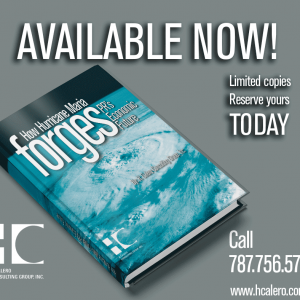
January 2016: China’s Foothold in Latin America & Caribbean
Where and what are China’s investments
Since 1980, China’s economic policy was to become one of the top three economies in the world. As of 2015, China ranked second in GDP with an $11.4 trillion economy, behind the $18 trillion US GDP. Although the Chinese economy currently faces the onset of a permanent slowdown (5% today compared with its past double-digit real economic growth), that still represents more economic output than in 2007. And because the Chinese economy is so much larger now, we have seen growing amounts of investment flowing from China into Latin America and the Caribbean (LAC). Most of these investments have been in infrastructure and undertaken by Chinese state-owned firms. How much have they invested in LAC? Is the Caribbean soon to become a beachhead for China? China is now moving its economy from export and investment-led growth to domestic consumption and service-led sectors. Will this change represent positive or negative effects for the global economy, and for LAC in particular? Jamaica, Trinidad, Nicaragua, and Peru, among others, have benefitted from Chinese investments, then why not Puerto Rico?







